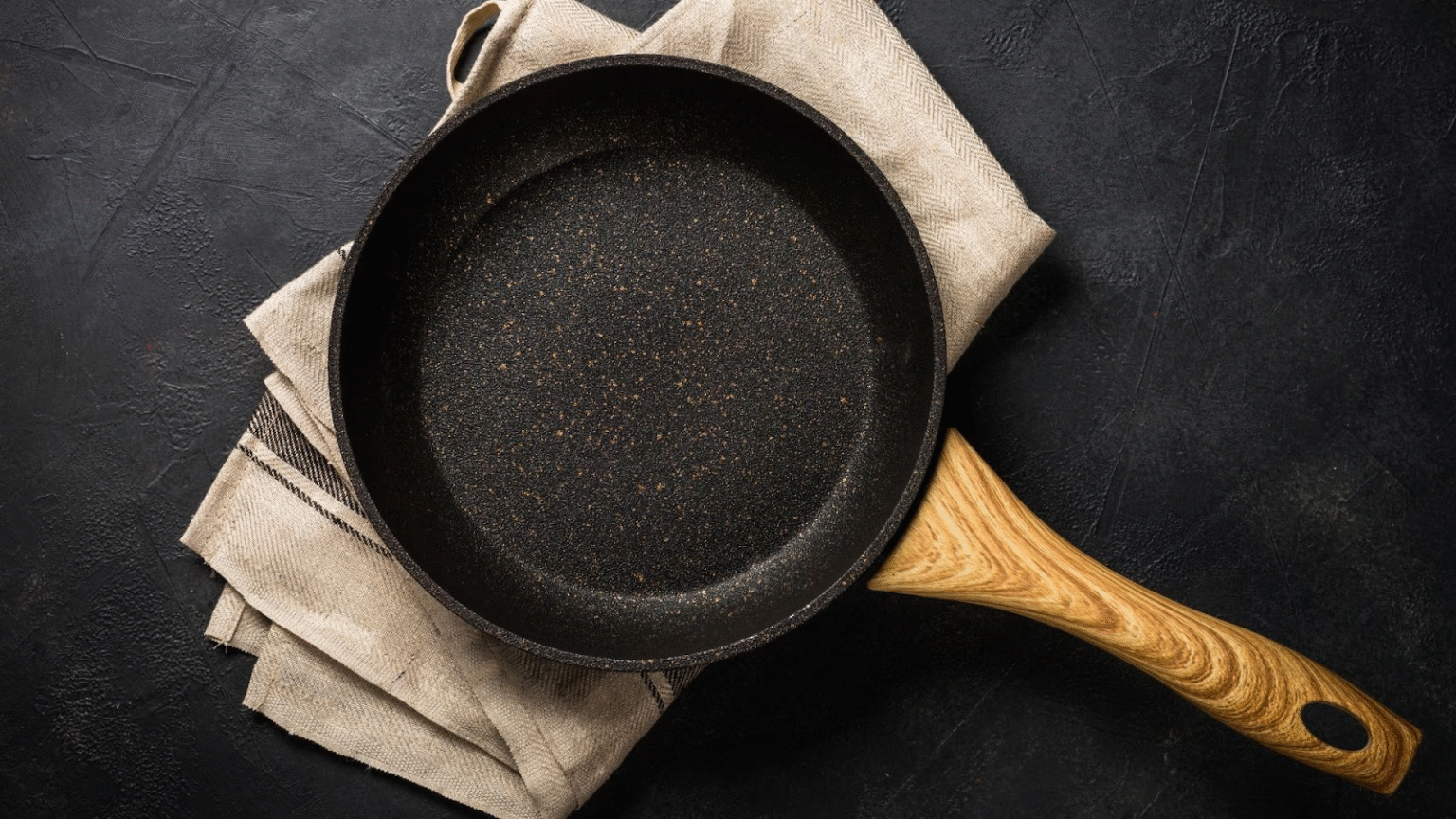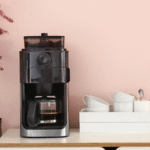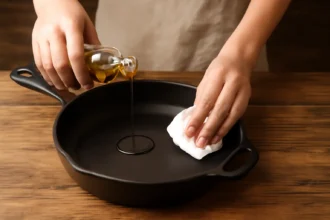Non stick cookware has become a favorite in almost all homes across the entire world. It makes cooking pretty easy and cleaning faster. A simple meal feels less of a chore when food slides out without sticking. Yet even the best pans lose their magic if they are not cared for in the right way. The truth is that you need to maintain non stick cookware if you want it to last for years to come. Proper care could really helps your pans stay safe, effective, and reliable for daily meals.
Why Proper Care for Non Stick Cookware Matters
The unique feature of these pans are their smooth coating. With improper treatment, the coating can scratch, peel, or even burn. Once that happens, food starts sticking, and cooking becomes a chore. Even worse, a damaged surface can release unwanted particles into your food. Hence, learning how to maintain non stick cookware is crucial. It saves your meals, health and your money regarding how to cook. These simple habits for maintenance mean you can appreciate the same pan for years without the non stick quality deteriorating.
Step-by-Step Guide to Maintain Non Stick Cookware
Gentle Cleaning After Every Use
The first rule is to always wash your pans by hand. Skip the dishwasher. Strong cycles wear down the coating faster. Instead, use a soft sponge and mild soap. Warm water loosens food bits without effort, and gentle pressure keeps the surface safe. Never use steel wool or tough brushes. Those rough tools scrape the pan and shorten its life.
This step may sound basic, yet it is the foundation of cleaning non stick cookware. A few extra minutes at the sink ensure your pan looks and works like new each time you use it.
Avoiding Metal Utensils
The coating is tough but not indestructible. Metal spatulas and forks leave marks that never fade. Each scratch breaks the smooth layer and reduces the non stick effect. The safest tools are wood, silicone, or nylon. They slide without harm and keep the surface intact.
Once you switch to softer utensils, you will notice how much longer your pans stay in shape. A simple spatula choice can save you the cost of replacing cookware too soon.
Proper Cooking Practices
Heat is another factor that decides how long your pans stay useful. High flames look powerful, yet they weaken the non stick layer. Medium or low heat is enough for most dishes. It keeps food safe and preserves the coating.
Avoid using cooking sprays as well. They may seem handy, but they leave sticky layers that do not wash off easily. Over time, these residues build up and reduce the non stick power. A small drop of oil or butter works far better for cooking with non stick pans. It adds flavor and keeps the surface clear and helps maintain non stick cookware.
Safe Storage
The way you store pans also matters. Tossing them into a pile leads to scratches. The safest method is to place a cloth or pan protector between each piece. That simple layer blocks direct contact and guards the coating.
Make sure the pans are dry before stacking them away. Moisture invites stains and weakens the finish over time. With proper storage, you extend the quality and look of your pans for years.
Common Mistakes That Shorten Pan Life
Many people shorten the life of their cookware without realizing it. One mistake is overheating. Non stick pans are not built for searing at extreme temperatures. Exposing them to such heat causes the coating to break down.
Another mistake is the use of harsh scrubbers. Some feel tempted to scrape away tough spots with force. That habit only peels the layer off and ruins the pan faster. Soaking in warm soapy water is a safer way to lift stubborn food.
Cutting food inside the pan is also a big error. Knives leave deep scratches that no repair can fix. Always transfer food to a plate before slicing.
Avoiding these mistakes is the easiest way to extend non stick pan life. Once you remove bad habits, your cookware rewards you with years of service.
Another Good Read: How do i get detergent stains out of clothes
Extra Tips to Keep Your Non Stick Pans in Great Shape
A little seasoning helps too to maintain non stick cookware. Rub a drop of oil across the surface now and then. It creates a thin shield that protects the coating. This habit also makes cooking smoother and prevents sticking.
Allow pans to cool before washing them. Pouring cold water on a hot pan causes warping. A warped base never sits flat and heats unevenly. Waiting a few minutes keeps the structure sound.
Finally, know when it is time to let go. If the coating peels or flakes, the pan can no longer serve its purpose. At that point, it is safer and smarter to replace it. Holding onto worn pans only risks your health and spoils your meals.
Conclusion
Non stick cookware can be easily maintained in a manner that extends their life by simply practicing a few mindful habits. Make sure to hand wash cookware gently, use non stick appropriate utensils, avoid harsh heat, and store the cookware carefully. Each one of these steps provides additional life and value to your pans.
Cookware treated with respect is a cookware that will easily prepare meals and be cleaned with little effort. The beauty of it all is how these habits do not cost anything and protect your finances and your food at the same time. Try them today and watch how your small efforts result in a massive impact in your kitchen.




